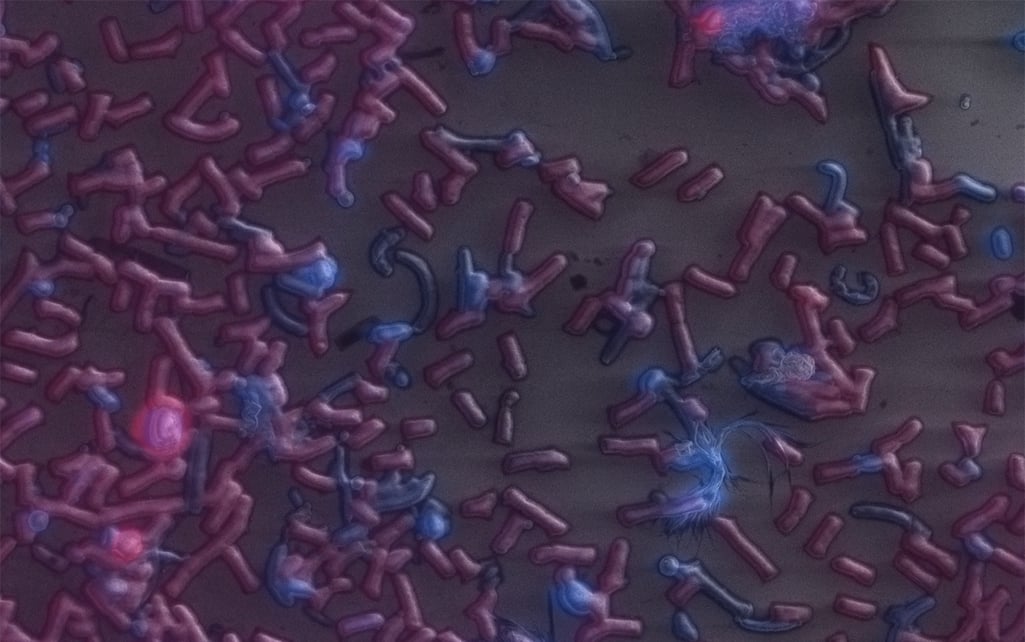Talk to an expert
Get in touch with one of our experts to get more information.
Call +31 (0)15 744 01 58 or book a meeting in the agenda.
揭示物质基本性质的阴极发光解决方案
全自动一体化的冷冻电镜解决方案,解锁冷冻电子断层扫描的无限可能。
实现稳定可靠且高通量的超快体电镜解决方案
集成了荧光和电子显微镜功能于一体的关联显微镜解决方案

Studying microorganisms (or microbes), which are found in the ocean waters, is a fascinating process that can reveal the hidden secrets about ocean chemistry, biology and climate. Marine microorganisms are exceedingly small, diverse in their forms and distributed across the ocean, which makes it so challenging to analyze them. For more than four years he has been using the SECOM, integrated correlative light and electron microscope, for his research. This system combines fluorescence and electron microscopy allowing to investigate the structure of the specific regions.
This way of studying marine microorganisms is extremely convenient because of one special quality of certain microorganisms: autofluorescence of the natural emission of light. Because of this, fluorescence microscopy can be a great tool to identify the microbes and image their physiological and metabolic state. Simultaneously, electron microscopy is used to get the high-resolution structural information.
According to Dr. Littman, the SECOM helps him to gain more insight and advance in his research:
It gives us the possibility to identify different types of bacteria in environmental samples by the hybridization of these cells with specific HRP probes, after which we image them with the SEM and perform elemental analysis, including elemental analysis with EDX.